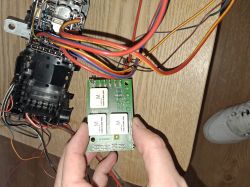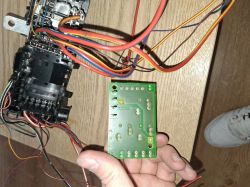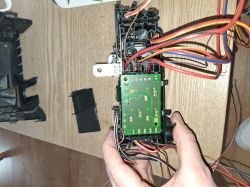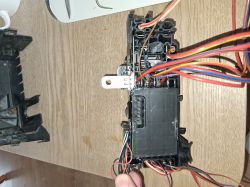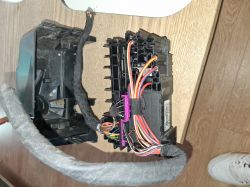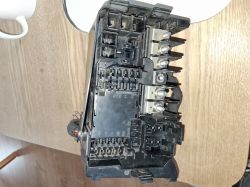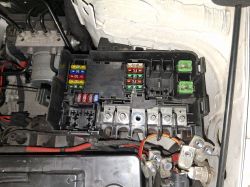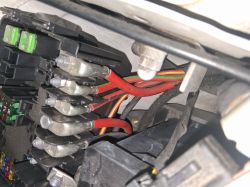Hi all,
Thank you very much for the above content that helped me solve a problem by myself after 3 mechanics couldn't find its origin.
For the sake of web indexing and to help future Skoda Fabia owners, here's my experience.
I have a 2019 Skoda Fabia 3.
It started having trouble starting in cold weather.
Contact was ok, but it usually was taking me up to 10 attempts or 10 minutes wait to get the engine to ignite.
Meanwhile, several error messages were showing, mostly for car elements that need electric power to operate.
Mechanics thought it could be related to relays, but they only checked the ones easily accessible in the hidden compartment below the steering wheel: it wasn't that.
Then, they thought it could be a faulty Engine Control Unit (ECU), but luckily I found this forum page before changing it.
So, as mentioned by other contributors, the problem was coming from some relay(s) that are soldered on a circuit board which is hidden within the fuse box next to the battery under the engine hood.
It is pretty easy to replace, without the help of a professional.
Only the circuit board needs to be replaced, not the full fuse box. It is also way easier to only replace the circuit board, much less wiring to worry about.
However, spare parts sellers and online second hand parts websites would not propose the sole circuit board, but the full fuse box instead (from which you will extract the circuit board when received).
The fuse box part reference is 6CO 941 824D. This part is shared by several VAG group models : Volkswagen Polo, Audi A1, Skoda Fabia, probably some Seat (Ibiza?) too.
The way fuses and removable relays are placed on it may vary, but I bet the circuit board within remains the same.
I bought mine from a second hand site out of an Audi A1 for 20€, and it worked perfectly. So you don't necessarily have to look for one coming specifically from a Skoda Fabia, just worry about the fuse box reference.
Now how to proceed with the replacement.
From the fuse box you receive:
- remove all fuses
- remove remaining cut cables if still present
- split the part in two by sliding two halves vertically
- use a small flat screwdriver to remove the rectangular black plastic cover that protects the circuit board.
- gently extract the circuit board which is retained by several tiny plastic retainers.
- you should then have your replacement circuit board in hand.
Now, extracting the problematic one from your car:
- open the hood
- unplug the battery
- open the fuse box just behind the battery.
- unplug the 6 large wires from the bottom side (take a picture before to replace them correctly after)
- remove all fuses (picture too here)
- extract the black plastic main element from its coffin
- split the thing in two by sliding both elements vertically
- turn upside down the half that has the circuit board to be replaced.
- proceed with the extraction of the circuit board. To facilitate your movements, remove some of the black tape that keeps together the multiple wiring with a cutter or some scissors. It will get the whole thing more loose and allow you to extract and replace the circuit board.
- Take you time to properly exchange circuit boards without damaging it and have the new one in the right position. You may swear during the process, but you'll eventually succeed
- then put everything back to its original position.
- Start the engine, smile.
I hope this helps people as it helped me and saved me a lot of money wasted pointlessly.
Thanks again to the forum members who wrote the previous messages!
